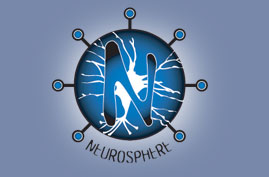Clouds of Connectivity
Network Infrastructure for the Neurosphere
Fred Ziari is a “wireless entrepreneur” – they love that kind of title at Wired. What caught my attention about this project is not the business model, recovering investment from large customers, but the characterization of a wi-fi “cloud”.
“Fred Ziari owns Hermiston, Oregon-based IRZ Consulting LLC and EZ Wireless LLC. Experienced in bringing wireless technology to irrigation, he began talking with community safety managers about how technology could be used to better plan for managing any emergency that might occur at the Umatilla Chemical Weapons Depot in Eastern Oregon, where munitions are stockpiled and incinerated.”
http://www.dailywireless.org/modules.php?name=News&file=article&sid=3396
“…wireless entrepreneur Fred Ziari drew no resistance for his proposed wireless network, enabling him to quickly build the $5 million cloud at his own expense…While his service is free to the general public, Ziari is recovering the investment through contracts with more than 30 city and county agencies, as well as big farms such as Hale’s, whose onion empire supplies over two-thirds of the red onions used by the Subway sandwich chain. Morrow County, for instance, pays $180,000 a year for Ziari’s service.”
http://www.newsfactor.com/story.xhtml?story_id=38716
